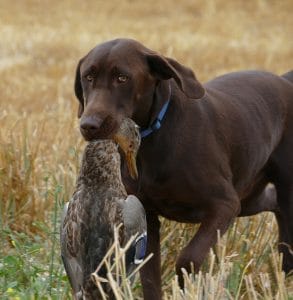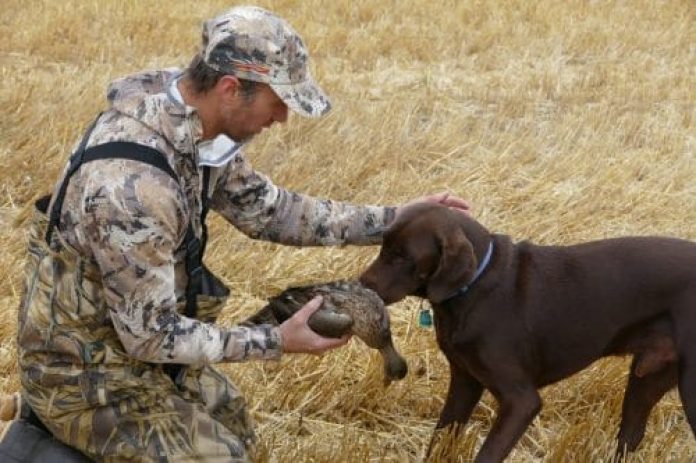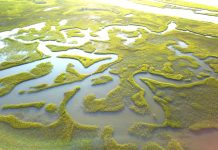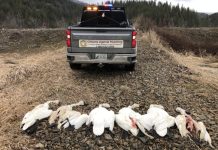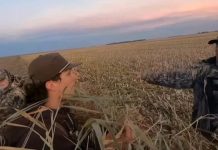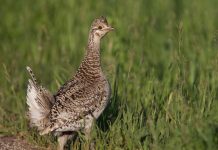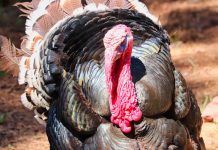Written by: Steve Earley
Waterfowl hunting is always challenging, if it isn’t then it’s probably because you have more money than the rest of us and can hire a guide to handle a lot of the guesswork and challenge. In my years of waterfowling, which has included everything from jump shooting mallards on a small local river in the early 1970’s to owning a share in a 3,000-acre private duck club I have found little to be more challenging than freelance field hunting for geese in Canada.
“FREELANCING”
That challenge began two years ago when a neighbor who had been hunting with the same guide in Canada for over 20 years found his guide getting too old to do much anymore. He was in need of a new plan for his three sons and abundant grandkids. Coincidentally, I work with a young man whose family owns a large ranching operation in Alberta. Checking with my coworker and his family, we began looking at an area in Southeast Saskatchewan where they owned land. Ultimately, we threw a dart at a map and headed that direction in September 2016.
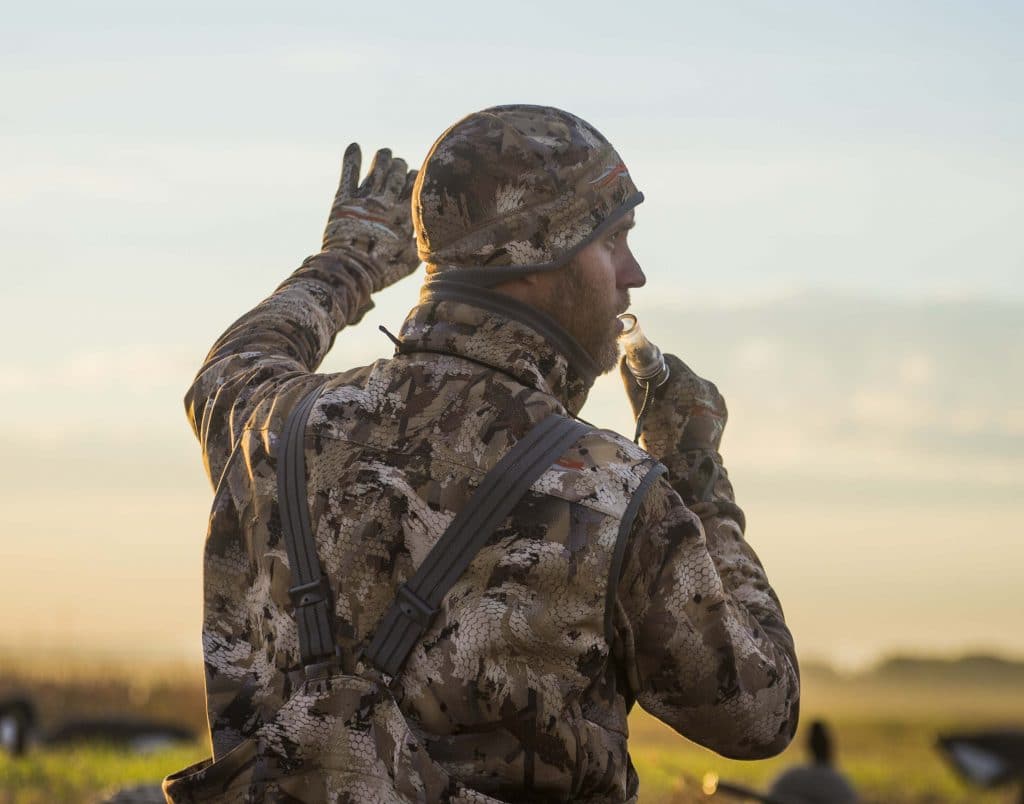
Suffice it to say, in the end, we had a fantastic hunt. Perhaps due to nothing more than dumb luck but we did well then and even better in 2017. Probably the biggest component to our luck was the fact that we benefitted from a local phenomenon that had been occurring over the past 20 years. More than one local resident stated that years ago the only geese they saw were migratory birds that came later in fall, now there is a sizeable local population around in early September.
That good luck, however, was offset by the expansion of canola production in the area which probably covers at least 50% of the farmland. Geese don’t feed in the canola fields for several reasons. Add to that abundant rangeland and land left fallow and you will be doing A LOT of driving to find those grain and pea fields the birds will be feeding in. While the gravel road systems make travel convenient, paved roads are rare and aren’t where you find the birds. In other words, be ready to change your air filter at some point on your trip if conditions are dry.
HARD WORK
This means that you only have a few hours in the morning and a couple of hours in the evening to spot geese in the field. With that accomplished, you then must get permission from the landowner which can be a wild goose chase (pun intended). While local land ownership maps can be obtained, most folks have moved from landlines to cell phones which makes local phone books obsolete. A lot of fields are leased and getting permission is oftentimes more challenging than finding the birds in the evenings.
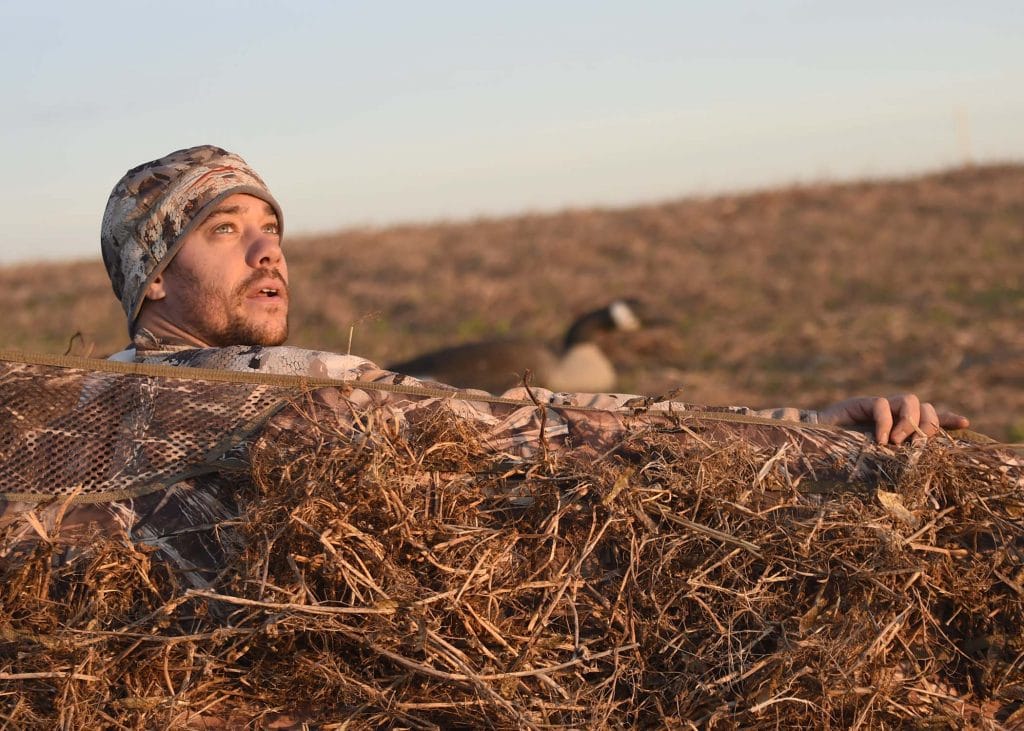
Spotting a field with several hundred feeding geese at dusk may result in searching long after dark for the property owner to get the needed permission, landing you home late and hungry and looking at only a few hours of sleep before you get up at 4:00 a.m. Try doing that five days in a row and still call it fun!
Maps can also be out of date and invariably the perfect field is just off the edge of the ownership map you are using and into the next Rural Municipality. The good news is that, if asked respectfully, permission is usually readily obtainable.
WORTH THE HASSLE?
Is it worth it? Absolutely! So much so I’ve sold my duck club share to focus more on our Canada hunts.
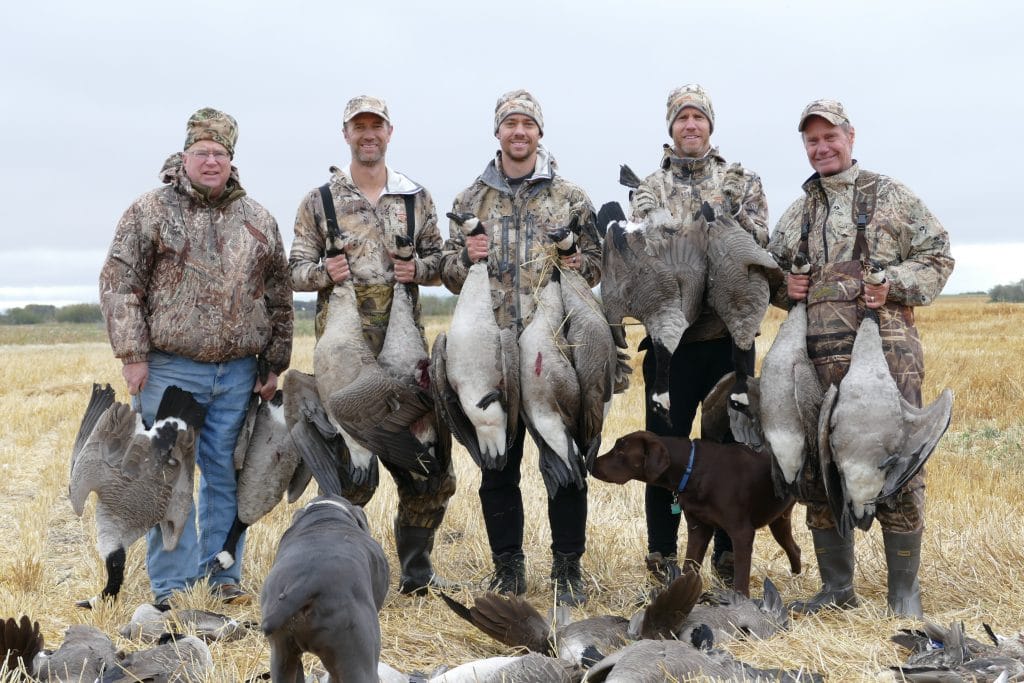
But if you want to try this way of hunting plan on at least a week-long commitment each year and a year’s long commitment getting to know the locals where you choose to hunt. You’ll need a dedicated group of friends too as this is a team effort that requires all-hands-on-deck. It’s a great hunting experience but at the same time, don’t expect a relaxing vacation.
